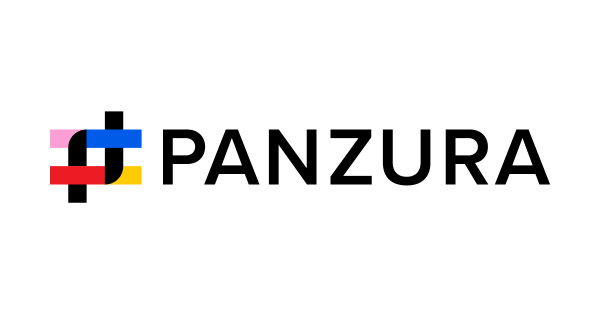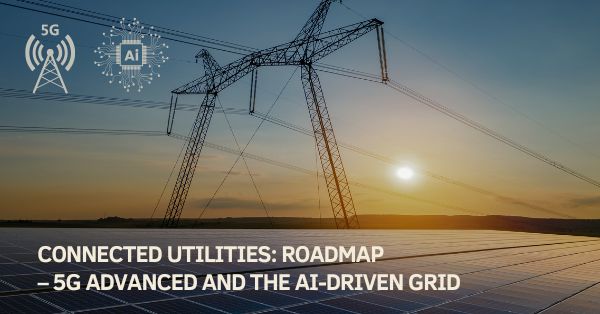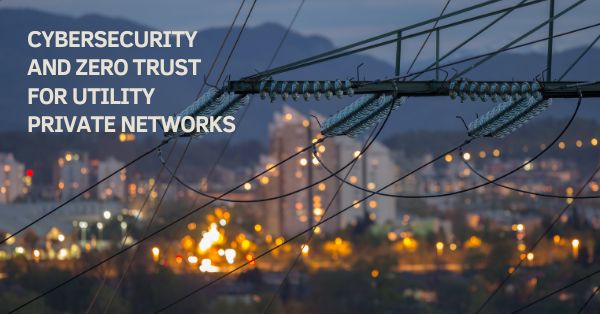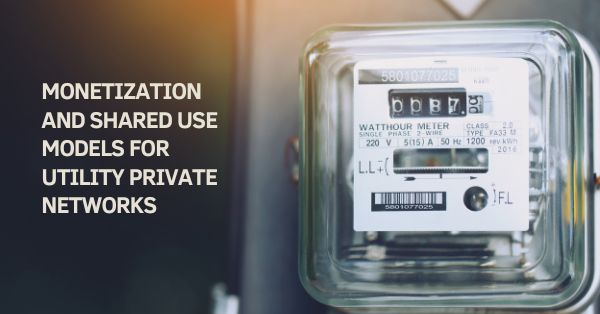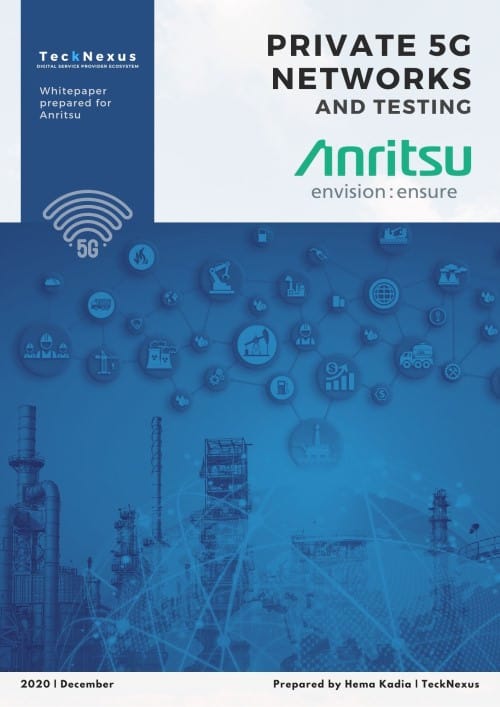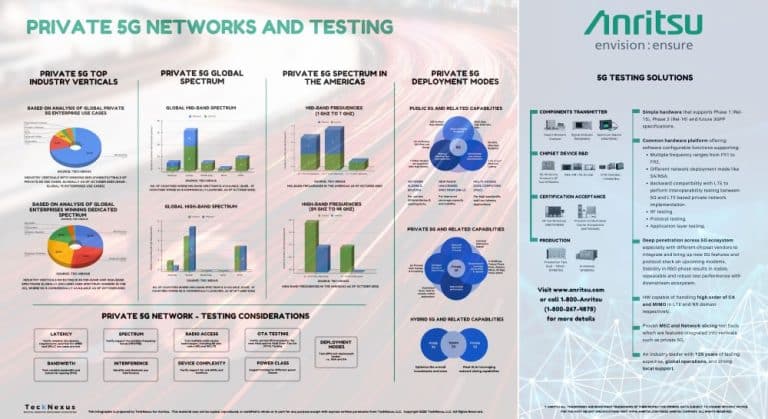Infosys to buy Telstra Versent AI JV: Why It Matters
Infosys will acquire a 75% stake in Telstra’s Versent Group for approximately $153 million to launch an AI-led cloud and digital joint venture aimed at Australian enterprises and public sector agencies.
What Infosys Gains in Telstra’s Versent Acquisition
Versent Group unites Versent, Telstra Purple Digital, Epicon, and associated cloud access products into a single digital transformation partner with around 650 engineers, advisors, and strategists across Australia. The company serves large enterprises in government and education, financial services, energy, and utilities segments, where cloud modernization, data governance, and security are top spend priorities.
Deal Value, Ownership Structure, and Closing Timeline
Infosys will hold operational control with 75% ownership, while Telstra retains a 25% minority stake, an explicit signal that Telstra intends to stay close to enterprise digital outcomes tied to its networks and services. Closing is expected in the second half of FY 2026, subject to regulatory approvals and customary conditions.
Strategic Rationale and AI Stack Fit
The JV blends Telstra’s connectivity footprint, Versent’s local engineering depth, and Infosys’ global scale and AI stack. Infosys plans to bring its Topaz AI suite and Cobalt cloud portfolio, complemented by cybersecurity capabilities from The Missing Link, to accelerate AI-enabled transformation programs. This move also deepens Infosys’ existing multi-year collaboration with Telstraincluding engagement with Telstra International to support Telstra’s Connected Future 30 strategy.
Why Australia and New Zealand (ANZ) are Ready for AI-First Cloud Modernization
The deal targets a market pivoting from cloud migration to AI-first modernization, under rising regulatory, security, and sovereignty expectations.
Scaling AI-First Modernization
Enterprises in ANZ are now shifting from lift-and-shift to refactoring core processes and data estates for AI. With Topaz and Cobalt, Infosys can pair model development and orchestration with landing zones, FinOps, and MLOps on major hyperscaler platforms. Versent adds local delivery muscle and domain patterns for regulated industries, closing the gap between proof-of-concept AI and production-grade, compliant deployments.
Regulated Sector Depth and Compliance
Versents’ footprint in government, education, and financial institutions aligns with data residency and operational risk mandates. Buyers in these sectors face frameworks such as the APRA’s operational risk and information security standards and the ACSC Essential Eight. The combined entity can position standardized controls, secure reference architectures, and sovereign cloud options that shorten accreditation cycles.
Security-by-Design for AI Workloads
The inclusion of The Missing Link strengthens identity, threat detection, and incident response in AI-centric architectures. Expect offers that integrate secure software development, zero trust, and data loss prevention with model risk management and AI governance capabilities that enterprises increasingly require before opening sensitive datasets to AI workloads.
Implications for Telcos, Hyperscalers, and Partners
The transaction signals a tighter telcoSI playbook for monetizing AI-centric cloud, edge, and network transformation.
Telco-as-Integrator Model Accelerates
Telstra’s 25% stake keeps it embedded in a multi-domain transformation that spans connectivity, cloud, and security. For operators, the model illustrates how to stay relevant in the enterprise stack: retain a strategic position in digital engineering while letting a global SI scale delivery, IP, and AI platforms.
Hyperscaler Alignment and Telco Edge
The JV should deepen partnerships across AWS, Microsoft Azure, and Google Cloud as clients standardize AI-enabled data platforms and microservices. Expect joint go-to-market with telco edge, private 5G, and SD-WAN/SASE offerings where AI-driven operations (AIOps), observability, and low-latency analytics become differentiators for OT-heavy sectors like energy and utilities.
Competitive Pressure on Local SIs and MSPs
Global scale plus local engineering density raises the bar for regional consultancies and MSPs. We anticipate more consolidation and alliance activity around AI factories, data platforms, and industry control frameworks to preserve share in large transformation programs.
Execution Risks and Watchlist
Value realization hinges on disciplined integration, clear go-to-market ownership, and regulatory progress.
Integration and Talent Retention
Success depends on retaining Versents’ senior architects and delivery leads while harmonizing methodologies with Infosys’ global delivery model. Incentives, career paths, and certifications across security, data, and AI should be locked in early to avoid execution drag.
Go-to-Market Focus and Channel Alignment
Clear swim lanes are needed to avoid channel conflict among Telstra enterprise sales, Versent delivery, and Infosys consulting. Joint account planning, unified solution catalogs, and standardized contracting will help reduce friction and accelerate deal velocity.
Regulatory Review and Closing Milestones
With closing targeted for H2 FY 2026, procurement leaders should plan for transitional services and continuity commitments. Monitor regulatory review timelines and any conditions related to data sovereignty, critical infrastructure, and public sector engagements.
Buyer Actions to De-Risk AI at Scale
Enterprises should leverage the transition window to shape roadmaps, commercial terms, and delivery outcomes that de-risk AI at scale.
Prioritize AI-Ready Foundations
Refresh cloud landing zones, data governance, and security patterns to support gen AI and predictive workloads. Ask for reference architectures that integrate MLOps, observability, cost governance, and model risk controls aligned to your sector’s standards.
Negotiate Integrated, Outcome-Based Programs
Bundle network modernization (e.g., SD-WAN, SASE, private 5G) with cloud, data, and security under outcome-based SLAs tied to resilience, latency, and time-to-value metrics. Seek rate cards that reflect global scale but commit to local delivery availability for critical sprints.
Define KPIs and Governance Early
Set joint KPIs for talent continuity, backlog burn-down, security posture improvements, and AI model performance. Establish an executive steering cadence that includes Telstra, Infosys, and Versent leaders to resolve bottlenecks quickly and manage change across business and IT.







